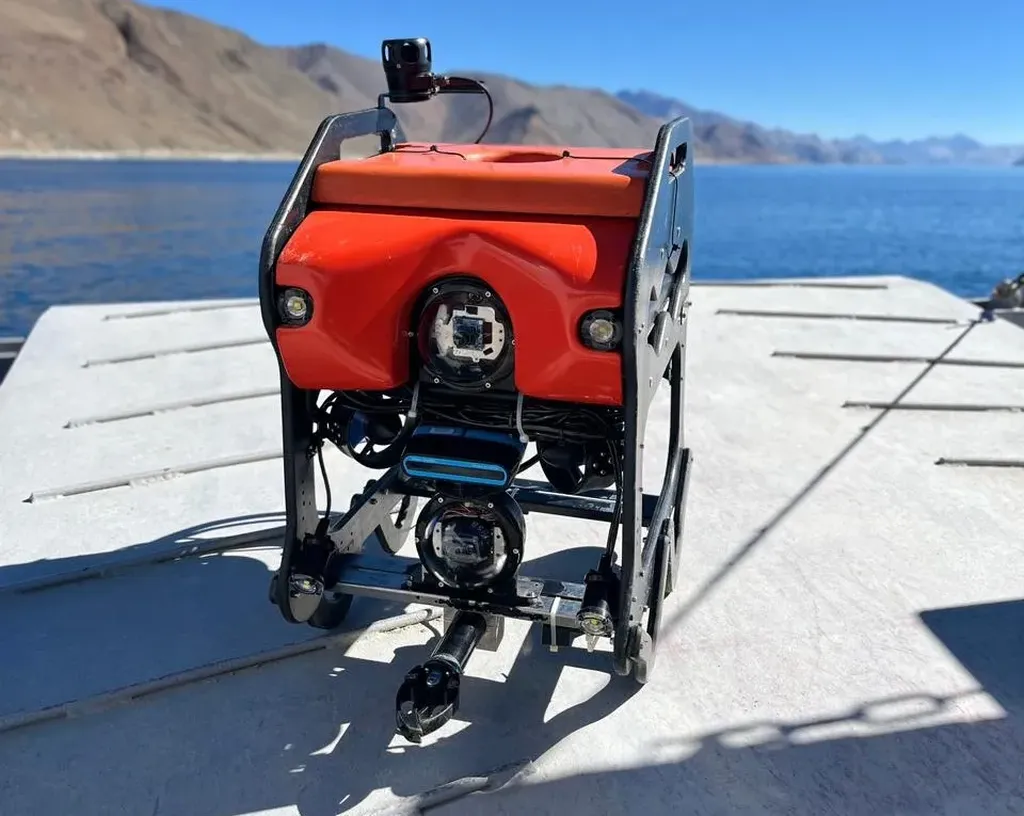Researchers from the University of Auckland, led by Parag Tarwadi and Bruce MacDonald, have developed a compact and economical Remotely Operated Vehicle (ROV) designed for shallow-water marine inspections. This innovative prototype aims to enhance the safety and efficiency of underwater marine inspections, which are crucial for maintaining marine structures and protecting underwater species.
The ROV prototype is equipped with a real-time processor and controller that synchronizes its movements based on commands from a surface station. The vehicle’s navigation and piloting are managed using an onboard Raspberry Pi camera and a suite of navigation sensors, including Global Positioning System (GPS), inertial, temperature, depth, and pressure sensors. This combination of technology allows for precise control and accurate data collection during underwater inspections.
The design of the ROV focuses on simplicity and cost-effectiveness, utilizing a limited number of components to create a compact unit. This approach makes the ROV suitable for various underwater inspection tasks, particularly those requiring a single camera for visualization. The prototype has undergone initial testing in a controlled pool environment, demonstrating its potential for real-world applications.
The development of this ROV prototype represents a significant advancement in marine inspection technology. By providing a compact, economical, and efficient tool for underwater inspections, it offers a valuable resource for scientists and marine engineers. The ROV’s ability to operate in shallow waters and collect high-quality data can enhance the safety and integrity of marine structures, as well as contribute to the preservation of underwater ecosystems.
This research highlights the importance of innovation in marine technology and the potential for compact, cost-effective solutions to address critical challenges in the field. As the ROV undergoes further testing and refinement, it is poised to become an essential tool for marine inspections, supporting the ongoing efforts to ensure the safety and sustainability of our oceans. Read the original research paper here.

